In the ever-evolving landscape of construction materials, drywall has long been the go-to solution for interior walls and ceilings. However, as sustainability, efficiency, and design flexibility become increasingly important, the industry is witnessing a shift towards innovative alternatives. This article delves into the new products that are emerging as viable substitutes for traditional drywall, examining their benefits, applications, and potential impact on the construction sector.
The Limitations of Traditional Drywall
Before exploring alternatives, it’s essential to understand the limitations of traditional drywall. While it is cost-effective and relatively easy to install, drywall is not without its drawbacks. It is susceptible to moisture damage, which can lead to mold growth, and it is not particularly durable in high-traffic areas. Additionally, drywall installation generates significant waste, contributing to environmental concerns. As a result, the search for more sustainable and resilient building materials has intensified.
Innovative Alternatives to Drywall
- Fiber Cement Board
Fiber cement board is a composite material made from cement, sand, and cellulose fibers. It offers superior durability and moisture resistance compared to drywall, making it an excellent choice for areas prone to humidity, such as bathrooms and kitchens. Fiber cement boards are also fire-resistant and can withstand impact, making them suitable for high-traffic environments. Furthermore, they can be painted or finished to achieve a variety of aesthetic looks, providing flexibility in design.
- Gypsum Wall Panels
While still a type of gypsum product, gypsum wall panels differ significantly from traditional drywall. These panels are pre-finished and often come with integrated insulation, reducing installation time and labor costs. They are available in various textures and colors, allowing for greater design creativity. Additionally, gypsum wall panels are lightweight and easy to handle, making them a popular choice for both residential and commercial projects.
- Wood Panels
Wood panels, including plywood and engineered wood products, are gaining traction as a stylish and sustainable alternative to drywall. They provide excellent insulation properties and can create a warm, inviting atmosphere in any space. Moreover, wood panels can be sourced from sustainable forests, aligning with eco-friendly building practices. The natural variations in wood grain also add unique character to interiors, appealing to design-conscious consumers.
- Hempcrete
Hempcrete is an innovative building material made from hemp fibers and lime. It is lightweight, highly insulating, and offers excellent moisture regulation. Hempcrete is not load-bearing, so it is typically used in conjunction with a structural frame. Its sustainability credentials are impressive, as hemp grows rapidly and absorbs CO2 during its growth cycle. Hempcrete also contributes to healthier indoor air quality, making it an attractive option for eco-conscious builders.
- Acoustic Panels
For spaces where sound control is paramount, acoustic panels present a compelling alternative to drywall. These panels are designed to absorb sound and reduce noise pollution, making them ideal for offices, recording studios, and home theaters. Available in various materials, including fabric-wrapped fiberglass and foam, acoustic panels can be customized to fit any design aesthetic while enhancing the acoustic performance of a space.
The Future of Construction Materials
The shift away from traditional drywall is indicative of a broader trend towards sustainable and innovative building practices. As architects, builders, and homeowners become more aware of the environmental impact of construction materials, the demand for alternatives will continue to grow. The products mentioned above not only address the limitations of drywall but also offer enhanced performance, aesthetic appeal, and sustainability.
Conclusion
In conclusion, while drywall has served the construction industry well for decades, the emergence of innovative alternatives presents exciting opportunities for modern building practices. From fiber cement boards to hempcrete, these materials offer unique benefits that cater to the evolving needs of consumers and the environment. As the industry embraces these alternatives, we can expect a shift towards more sustainable, durable, and aesthetically pleasing construction solutions that redefine the way we think about interior spaces.

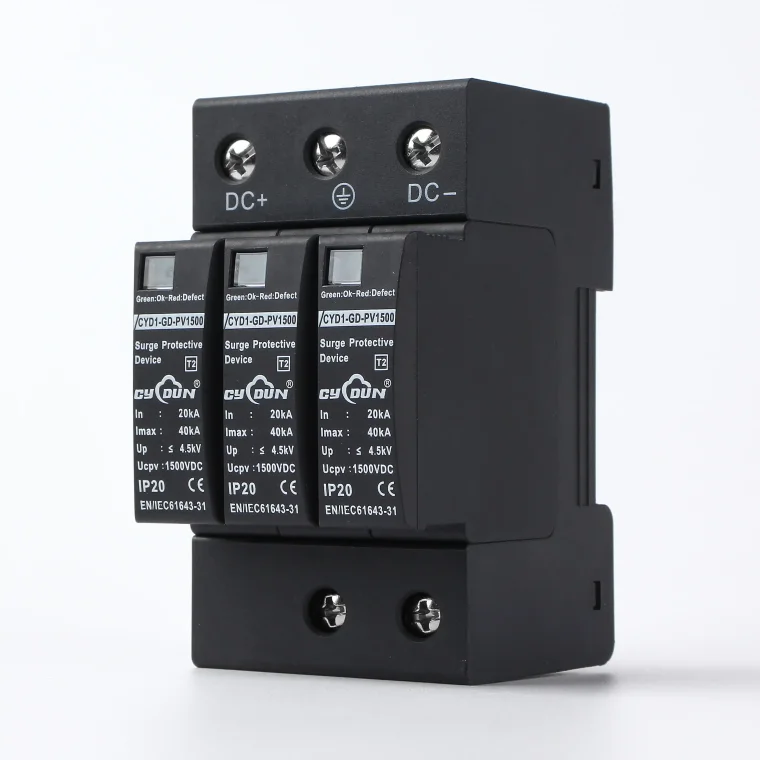
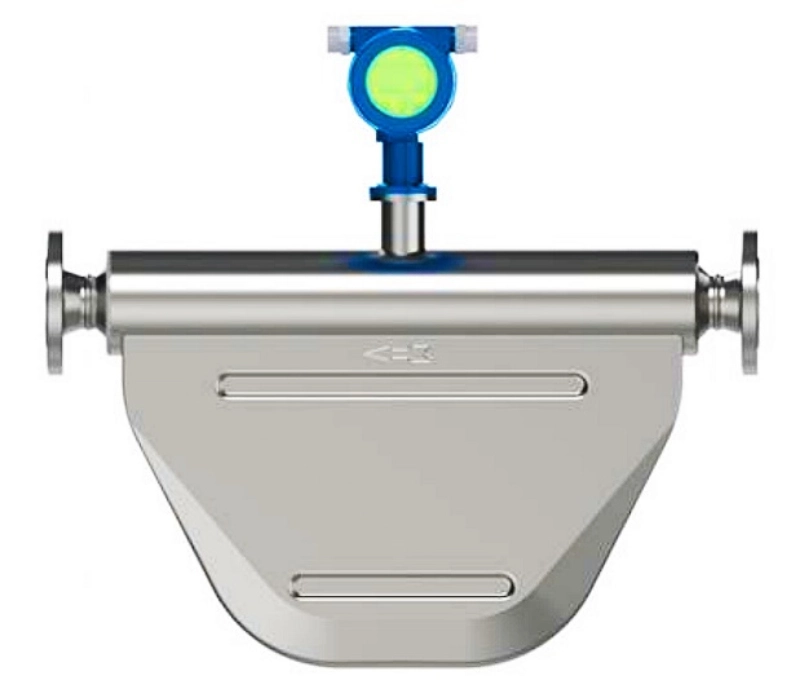

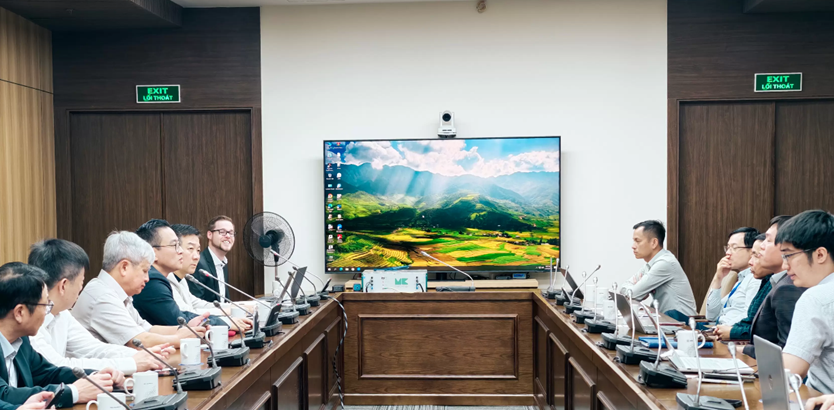
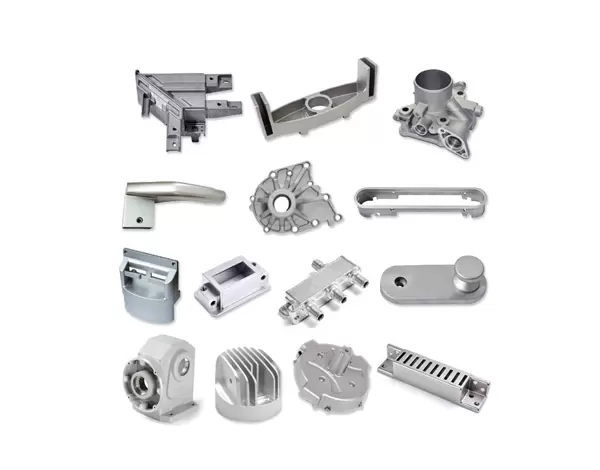
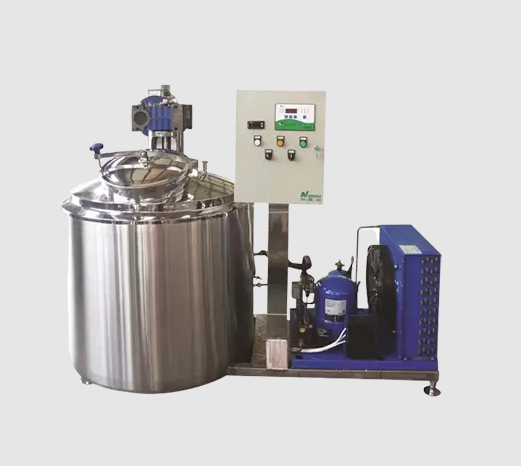
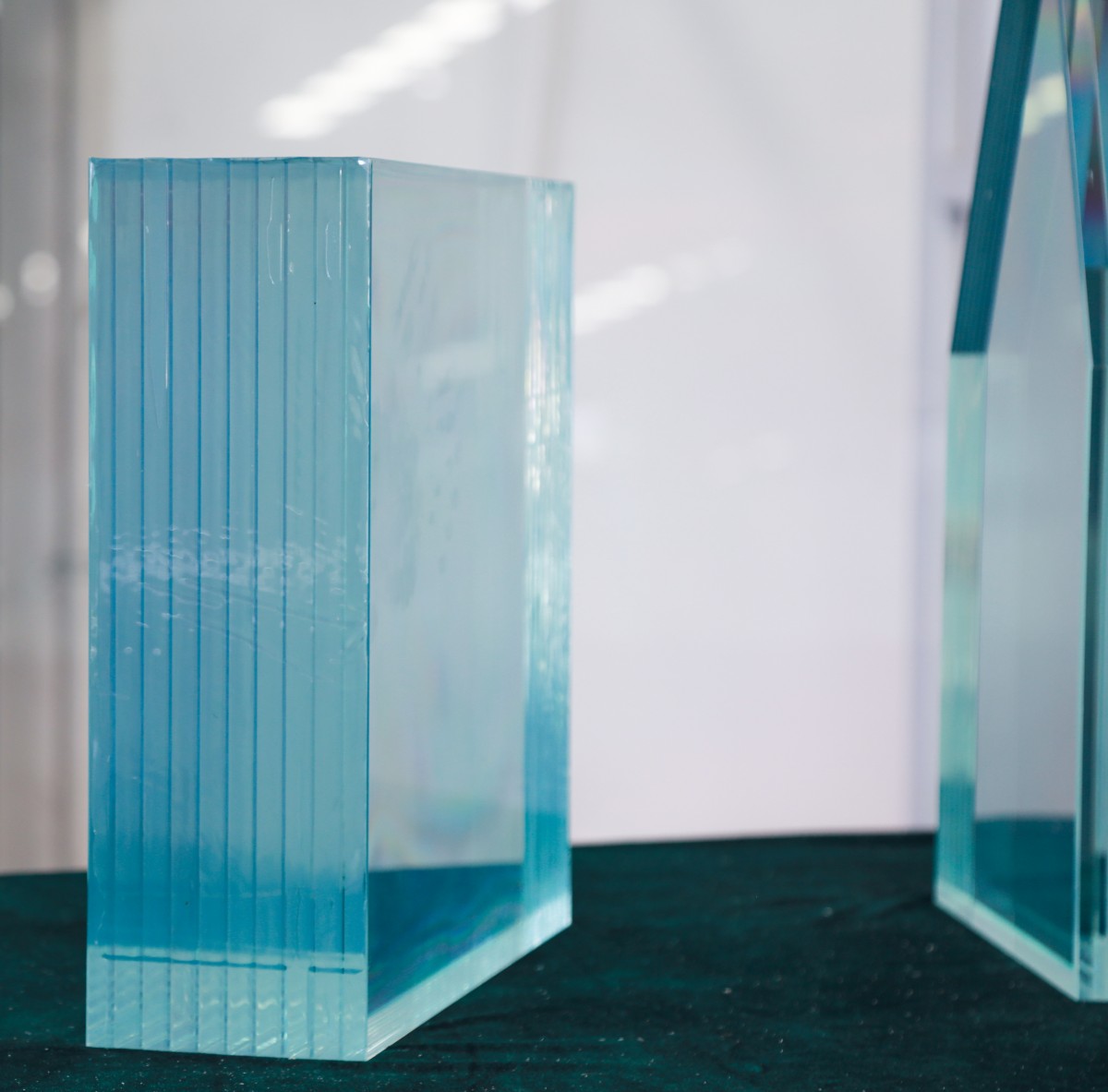
+ There are no comments
Add yours